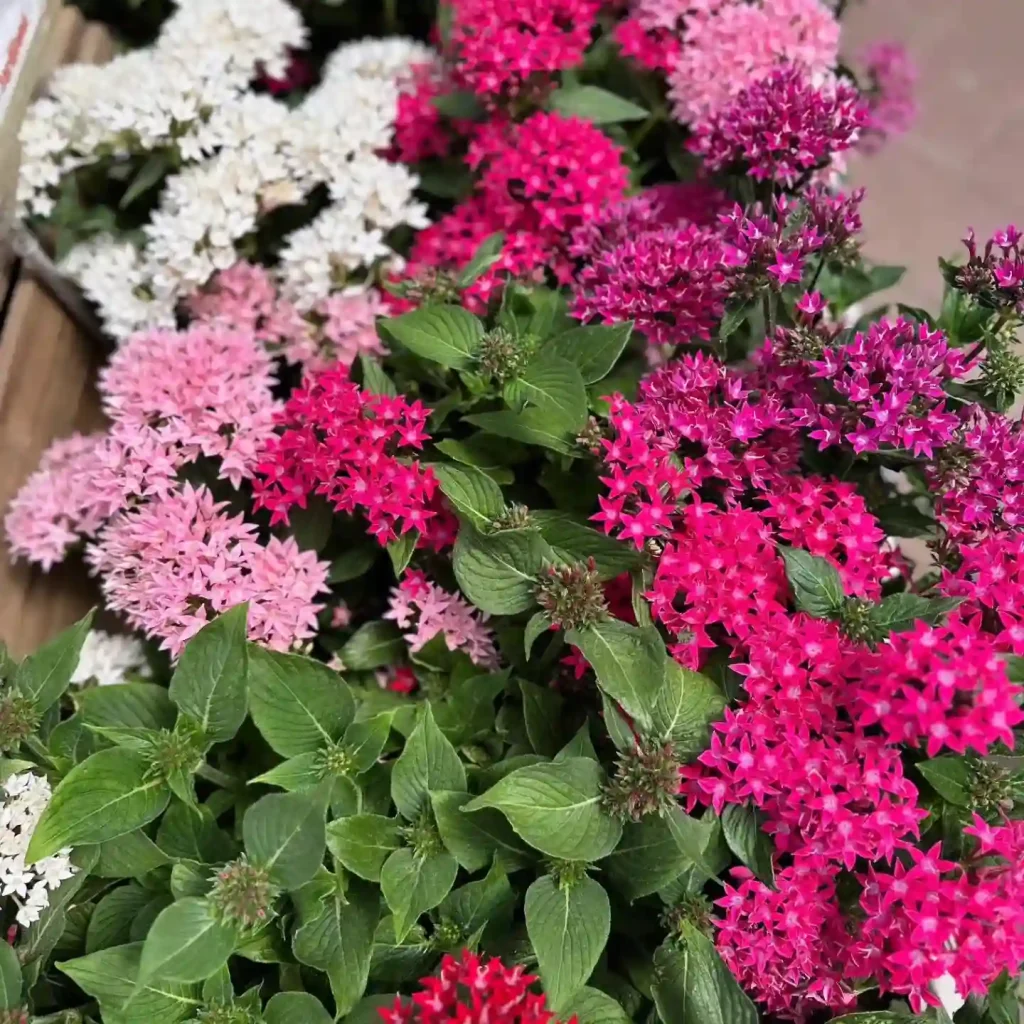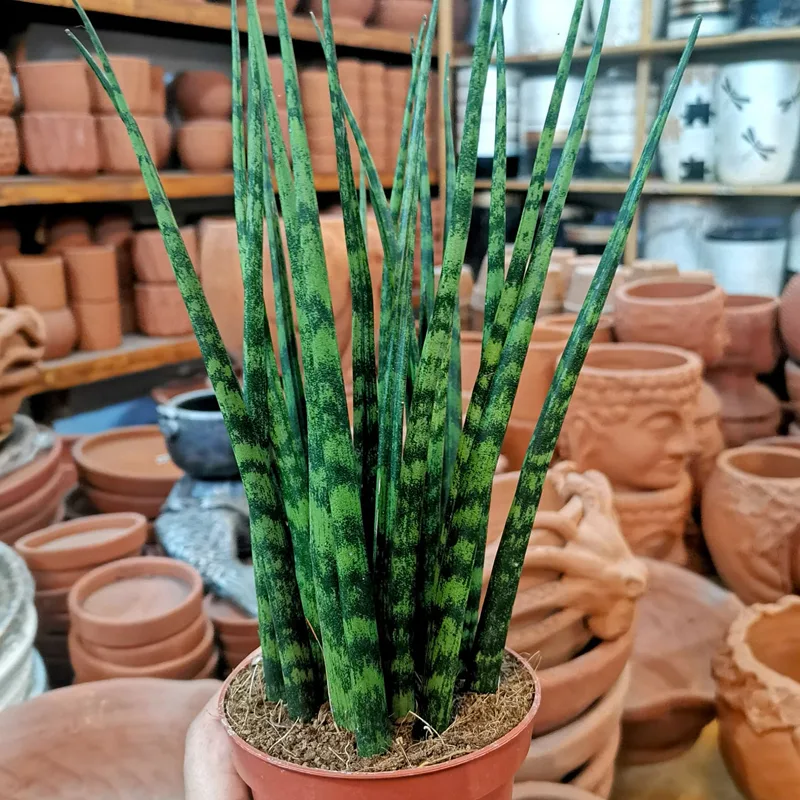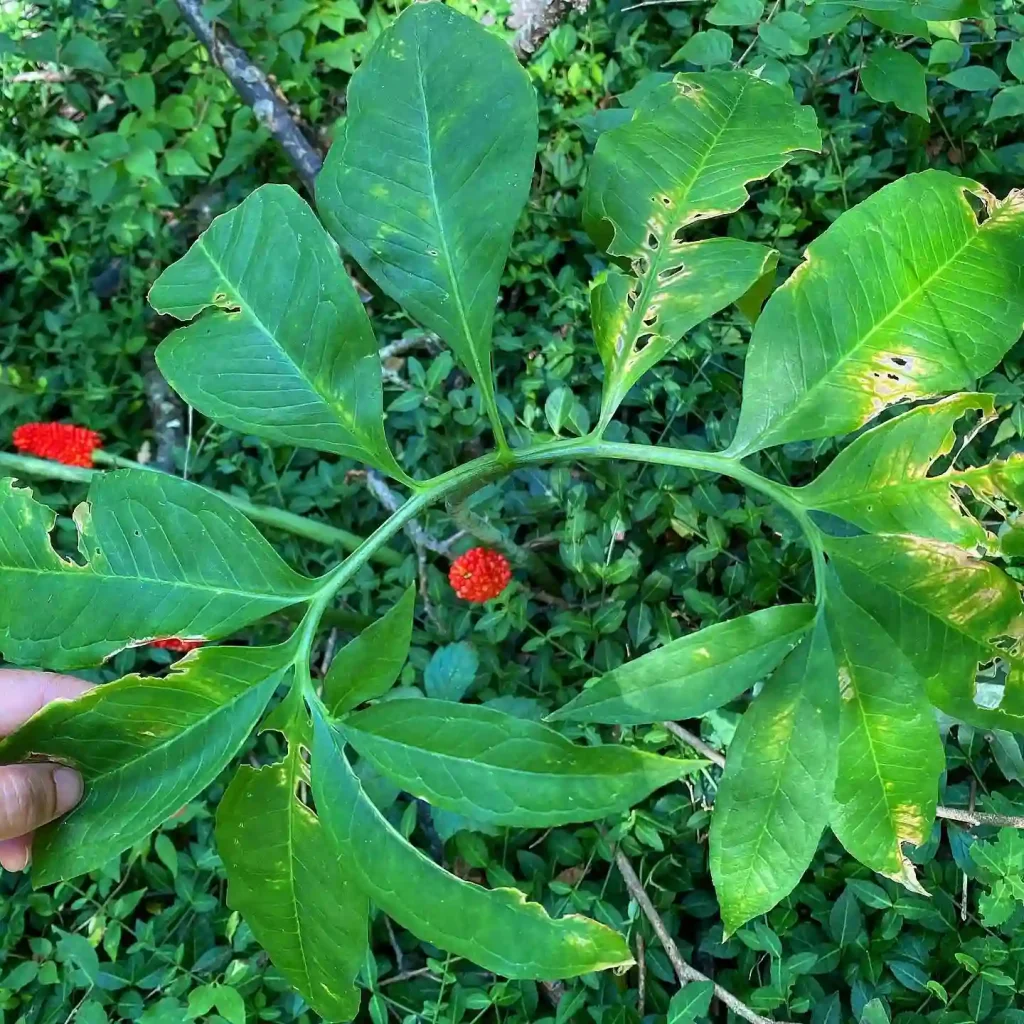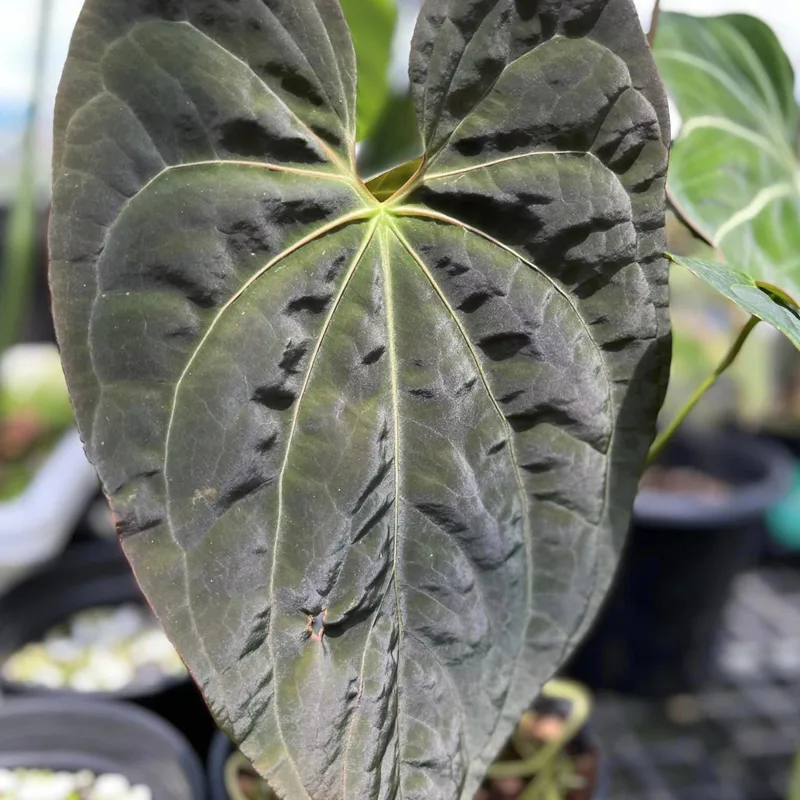Nyssa: A Deep Dive into the Tupelo Family
My name is Ferb Vu, and I’ve always been fascinated by the natural world, particularly the diversity and resilience of trees. Among my favorites is the genus Nyssa, commonly known as the tupelo or pepperidge family. These trees belong to the Nyssaceae family, with their distinctive leaves and often vibrant autumn colors, hold a special place in many ecosystems across the globe. Join me as I delve into the world of Nyssa, exploring its characteristics, species, and ecological significance.
What Makes Nyssa Unique?
Nyssa trees are deciduous, meaning they shed their leaves seasonally. They are characterized by their simple, alternate leaves, often with untoothed margins. The trees are dioecious, meaning individual trees are either male or female. Their flowers are small and greenish-white, often clustered together. The fruit is a drupe, typically containing a single seed.
One of the most striking features of many Nyssa species is their stunning autumn foliage. The leaves transform into a fiery spectacle of reds, oranges, and yellows, creating breathtaking displays in forests and wetlands. This vibrant transformation is due to the breakdown of chlorophyll, revealing underlying pigments like carotenoids and anthocyanins.
A Diverse Family: Nyssa Species
The genus Nyssa comprises a relatively small number of species, with estimates 10. These species are distributed across North America and East Asia, with a few outliers in Central America and Southeast Asia. Here are:
- Nyssa sylvatica (Black Tupelo or Black Gum): This is perhaps the most well-known species, widespread in eastern North America. It is prized for its timber, which is used for furniture, flooring, and other applications. The black tupelo is also an important source of honey and provides valuable habitat for wildlife. Plant FAQs: Black Gum Tree – Nyssa Sylvatica
- Nyssa aquatica (Water Tupelo): As its name suggests, this species thrives in wet environments, such as swamps and floodplains. It is a dominant tree in the southeastern United States, where it plays a crucial role in flood control and water purification. The water tupelo is also known for its swollen base, which helps it to stay anchored in soft, waterlogged soils.
- Nyssa ogeche (Ogeechee Tupelo): This species is native to the southeastern United States, where it is found along rivers and streams. It is particularly valued for its fruit, which is used to make a unique type of honey known as tupelo honey. This honey is prized for its mild, delicate flavor and its ability to resist crystallization.
- Nyssa sinensis (Chinese Tupelo): This species is native to China and Vietnam. It is a large tree, reaching heights of up to 30 meters. The Chinese tupelo is valued for its timber and is also used in traditional medicine.
- Nyssa bidoupensis Tagane & Yahara
- Nyssa bifida Craib
- Nyssa biflora Walter
- Nyssa hongiaoensis Tagane & Komada
- Nyssa javanica (Blume) Wangerin
- Nyssa talamancana Hammel & N.Zamora
Ecological Importance of Nyssa
Nyssa trees play a vital role in the ecosystems they inhabit. They provide food and shelter for a wide range of animals, including birds, mammals, and insects. The fruits are an important food source for many birds, while the cavities in older trees provide nesting sites for woodpeckers, owls, and other cavity-nesting birds.
In wetland ecosystems, Nyssa trees help to stabilize soil, prevent erosion, and filter pollutants from the water. They also contribute to the overall health of the ecosystem by providing shade and organic matter.
Facing the Future: Conservation Concerns
While some Nyssa species are relatively common, others face threats due to habitat loss, climate change, and invasive species. For instance, the water tupelo is vulnerable to rising sea levels and changes in precipitation patterns. Conservation efforts are crucial to ensure the continued survival of these valuable trees.
My Personal Connection to Nyssa
As someone who appreciates the beauty and complexity of the natural world, I find Nyssa trees to be particularly captivating. Their resilience, adaptability, and ecological importance make them a true marvel of nature. I am committed to learning more about these fascinating trees and contributing to their conservation.
Whether you encounter them in a swamp, a forest, or a city park, take a moment to appreciate the unique characteristics of Nyssa trees. They are a testament to the diversity and resilience of life on Earth.
If i die, water my plants!



